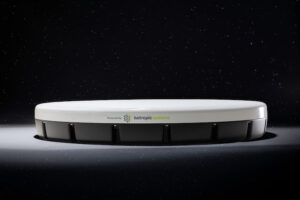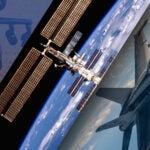
Isotropic Systems said it has demonstrated its satellite terminal to the Army, showing that separate satellites in different orbits simultaneously linked to a single multi-link antenna. The test was with the Army, at the Army Proving Ground in Aberdeen, Maryland. It was part of the U.S. Air Force‘s Defense Experimentation Using Commercial Space Internet (DEUCSI) program, which evaluates the developing commercial space internet networks for military use. In the test, Isotropic Systems’ terminal established two simultaneous, full-performance connections with SES satellites in Geostationary…

 By
By 











